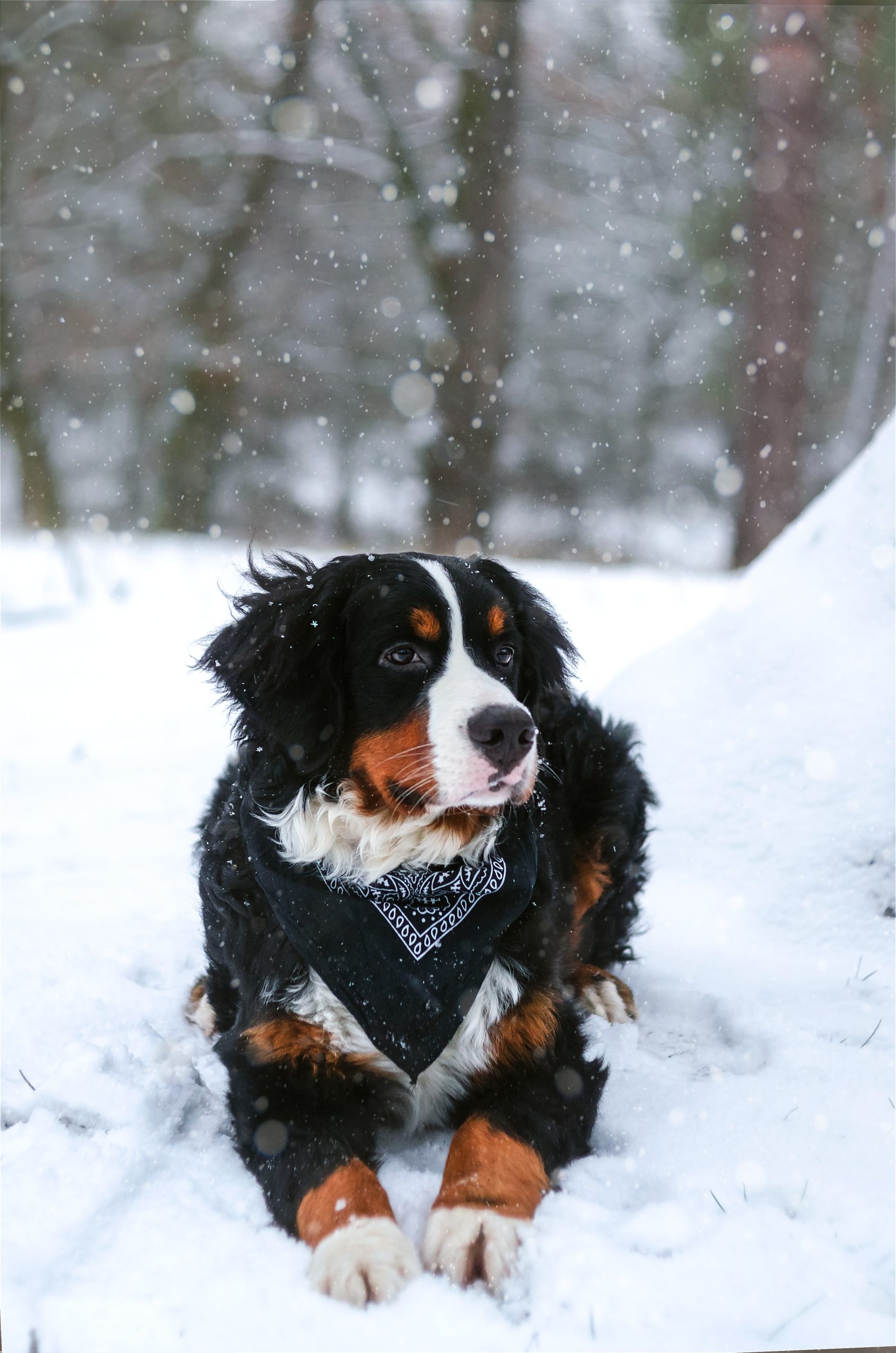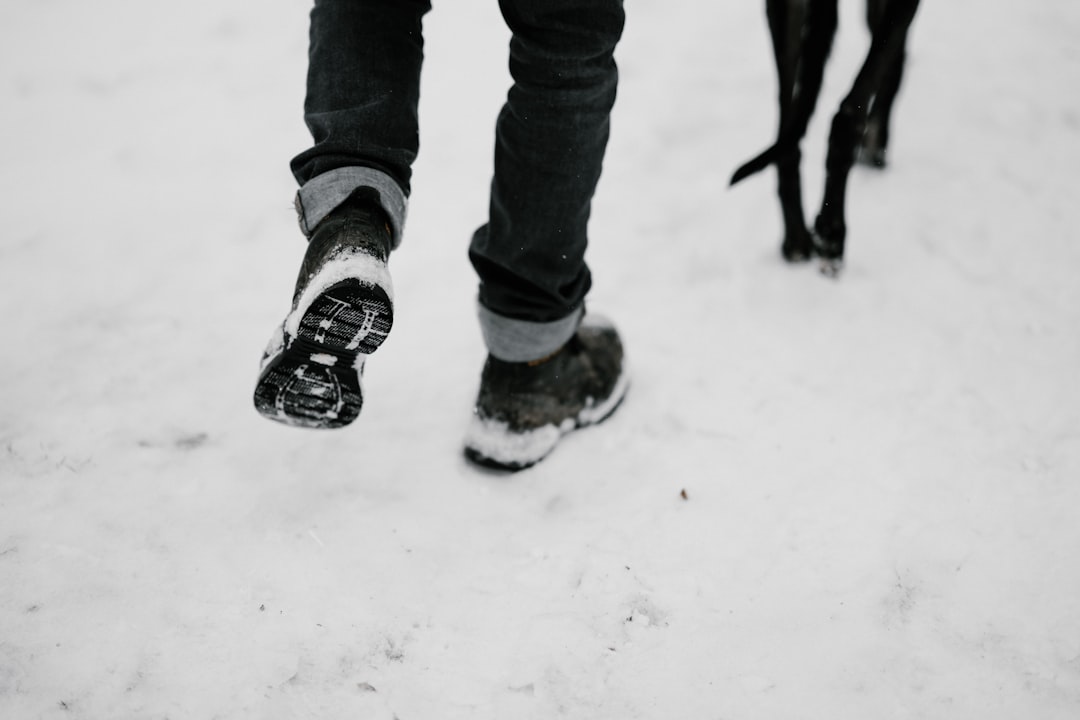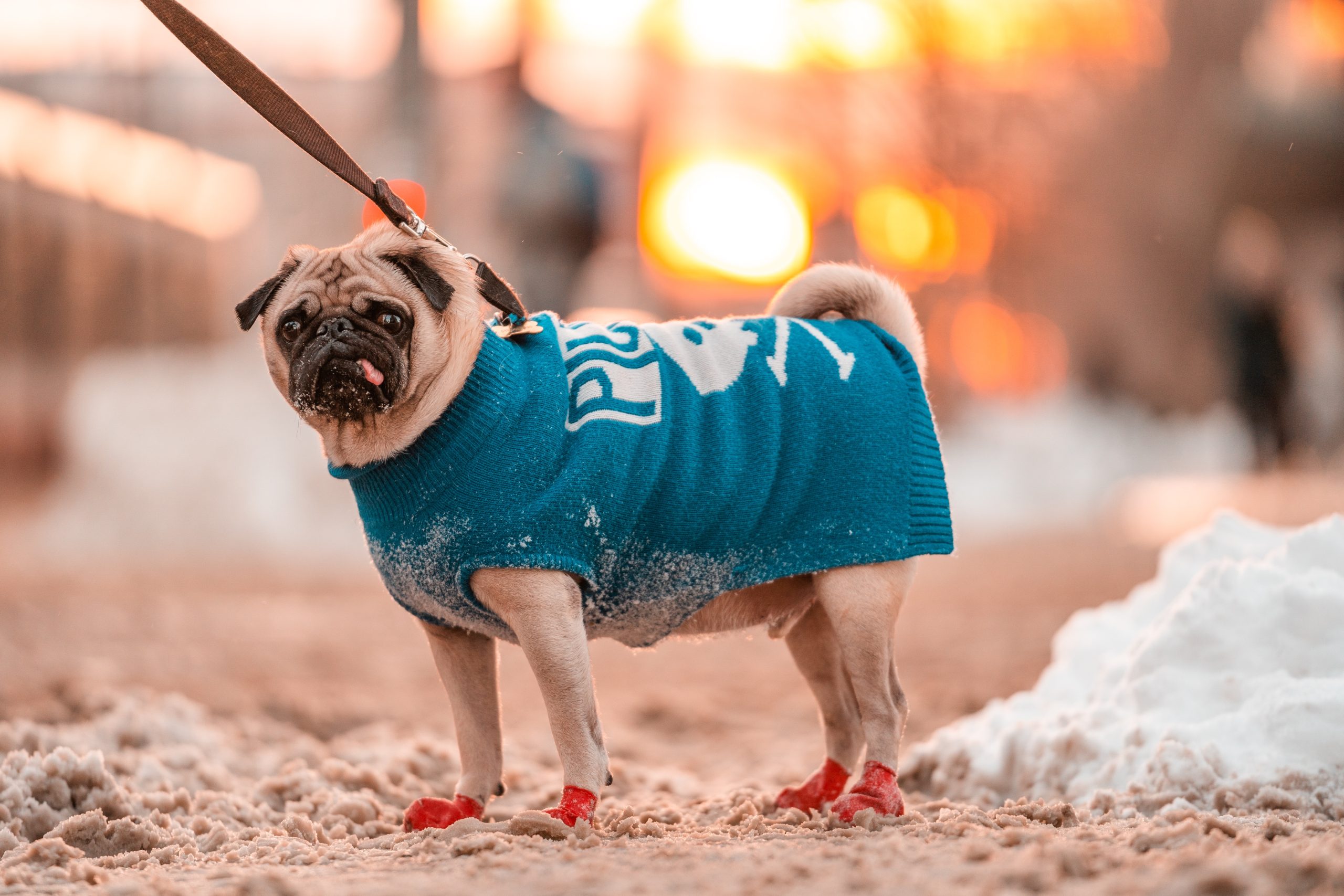How to Keep Your Dogs Feet Happy and Healthy During Winter
Learn how to prevent common winter paw problems in dogs, including dryness, cracking, injuries, and frostbite, with tips on paw care and essential products for protection.

Overview of Winter Paw Care for Dogs
Winter is a magical time for dog owners, as snowy dog walks can bring joy to both the dog and the owner. However, it’s crucial to protect a dog’s paws during this season. Snowy winter dog walks can be magical for your dog, but protecting their paws from the elements and keeping them safe on winter walks is important. The cold weather can pose risks to a dog’s well-being, particularly their paws, making proactive paw care essential. Winter weather can lead to various paw problems in dogs, and it’s important for dog owners to be vigilant in keeping their pets’ paws safe and healthy during this time.
Identifying common paw problems in dogs during winter and providing prevention tips is of utmost importance. From dryness, chapping, and cracking to injuries, frostbite, and chemical burns, there are many potential issues that can affect a dog’s paws during the winter season. By understanding these potential problems and taking proactive measures, dog owners can help ensure their pets’ well-being and comfort. It’s essential to be aware of the signs of paw pad issues and injuries in dogs, such as licking and chewing the affected paw, lameness or limping, red and inflamed paws, and more, so that necessary steps can be taken to address these concerns promptly.[4].
Common Winter Paw Problems in Dogs
Winter can bring about several paw problems for dogs, with dryness, chapping, cracking, injuries, frostbite, and chemical burns being some of the common issues [3] [4]. For example, when dogs are exposed to cold and icy conditions, their paw pads can become dry and cracked, making them vulnerable to injury and discomfort. This can lead to signs such as licking and chewing the affected paw, lameness or limping, red and inflamed paws, and other noticeable symptoms. Furthermore, these problems can stem from various causes including allergies, infections, cuts and abrasions, nail issues, cysts, and cracked paw pads, all of which can contribute to the overall discomfort and potential harm to a dog’s paws.
Moreover, frostbite can also pose a significant risk to a dog’s paws during winter. For instance, when a dog is exposed to extremely cold temperatures, the blood flow to their extremities, including their paws, can decrease, leading to potential tissue damage and frostbite. This can result in severe pain and long-term consequences for the dog’s paw health, making it crucial for pet owners to be vigilant about protecting their pet’s paws during the winter season. Therefore, it is essential for dog owners to be aware of these common paw problems and take proactive measures to prevent and address them, ensuring the well-being and comfort of their furry companions during the winter months.
Preventing Winter Paw Problems in Dogs
In addition to using boots, there are several other best practices for preventing winter paw problems in dogs. One important aspect is to prioritize paw care by regularly moisturizing the paw pads. This can be achieved by applying a high-quality paw balm or petroleum jelly-based products to keep the paws safe and moisturized. For instance, using a product like PawTection balm can act as a barrier to prevent dryness, chapping, and irritation of the paw pads, making it an essential tool in paw care during the winter months.
Furthermore, wiping off a dog’s paws after a walk is an often overlooked yet critical step in paw care. It helps remove salt or chemical residues that can cause irritation or harm to the paw pads. This practice can be especially beneficial after walks in areas where de-icing chemicals or salt have been used. By diligently wiping the paws, pet owners can significantly reduce the risk of their dog experiencing discomfort or issues related to chemical exposure.
Another practical tip for winter paw care is to create a protected area in the yard for quick potty breaks. Shoveling a path and covering it with straw can shield a dog’s paws from direct contact with the frozen ground and potentially harmful substances. This simple yet effective measure can make a noticeable difference in preventing winter-related paw problems, ensuring that a dog’s paws remain safe and healthy.
Tips for Paw Care During Winter
During winter, it’s crucial to prioritize paw care to ensure your dog’s comfort and well-being. One of the key practices is to moisturize your dog’s paw pads regularly. The cold and dry winter air can lead to dryness, chapping, and cracking of the paw pads, causing discomfort and potential injuries. Using a high-quality paw balm or petroleum jelly-based product can help maintain the moisture and integrity of the paw pads. For example, applying a paw balm like PawTection can create a protective barrier against harsh winter elements, keeping the paw pads supple and less prone to damage.
In addition to moisturizing, paying attention to the length of your dog’s outdoor activities is essential for paw care during winter. Keeping walks short can minimize the exposure of your dog’s paws to cold surfaces, snow, and ice, reducing the risk of developing frostbite or other cold-related injuries. Furthermore, trimming your dog’s nails and fur can contribute to maintaining paw health. Long nails can cause discomfort and affect the gait, while excess fur between the paw pads can collect ice and snow, leading to irritation and potential injury. Regular grooming and maintenance of your dog’s nails and fur can help prevent these issues and contribute to overall paw health during the winter season.
Lastly, considering a sweater or coat for your dog during walks in cold weather can provide an extra layer of protection for their paws. Just like humans, dogs can benefit from wearing additional clothing to stay warm and comfortable in chilly temperatures. A well-fitted sweater or coat can help maintain your dog’s body heat, preventing their paws from getting too cold and reducing the risk of cold-related paw problems. By implementing these paw care practices, you can help ensure that your dog navigates the winter season with healthy and protected paws.
Essential Products for Protecting Dog’s Paws
When it comes to safeguarding a dog’s paws during the winter, essential products like dog boots, PawTection balm, and PawSoother are highly recommended. For instance, dog boots provide a physical barrier between your dog’s paws and the cold, snowy, or icy ground, protecting them from potential injuries and irritations. Additionally, PawTection balm serves as a preventive measure against dry, chapped, and irritated paw pads caused by walking on snow and ice, as well as chemical burns from de-icers.
Moreover, the application of PawTection before venturing outside creates a protective layer, reducing the formation of painful ice balls on hairy dog feet and minimizing the risk of frostbite and hypothermia. Furthermore, the use of PawSoother alongside PawTection helps in treating and maintaining the overall health of a dog’s paw pads during the harsh winter conditions, providing a comprehensive approach to paw care and protection. These products are not only beneficial for preventing winter-related paw problems but also for promoting the overall well-being and comfort of dogs during the colder months.
 Conclusion
Conclusion
In conclusion, it’s clear that protecting a dog’s paws during the winter season is of utmost importance to ensure their well-being and comfort. By being proactive and taking preventive measures, dog owners can significantly reduce the risk of paw problems and help their pets enjoy the winter months to the fullest.
For instance, ensuring that dogs wear boots during winter walks can effectively shield their paws from snow, ice, and salt, thereby preventing issues such as dryness, chapping, and injuries. Additionally, regularly using paw balm or petroleum jelly-based products can keep a dog’s paw pads safe and moisturized, reducing the likelihood of discomfort and cracking.
Furthermore, it’s crucial to emphasize the significance of promptly wiping off a dog’s paws after a walk to remove any salt or chemical residues that could potentially lead to irritation or burns. Taking the time to shovel a path in the yard and covering it with straw can also provide a protective surface for quick potty breaks, minimizing the risk of paw-related problems when dogs go outside.
By following these recommendations and incorporating them into their winter routine, pet owners can ensure that their furry companions are well-protected and comfortable, allowing them to fully embrace the joys of the winter season.


